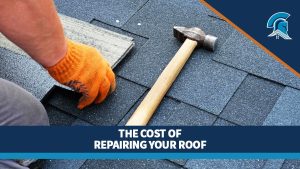Summary:
- Winter weather brings unique roofing challenges, like heavy snow, ice, and rain. These can weigh down your roof or create ice dams that lead to leaks.
- To prevent damage, make sure you’re aware of your roof’s weight limit. Address any snow buildup with a rake—or call in professional help after storms.
- Poor installation can worsen winter roof issues. Common errors include incorrect measurements or flashing and low-quality materials.
- Clogged gutters, fallen branches, and damaged chimneys can also raise your risk for costly roof problems. Regularly cleaning, tree-trimming, and inspecting can help stave off drainage issues, roof punctures, and freeze-thaw damage.
- Prevent skylight leaks and condensation by clearing snow buildup, improving attic insulation, and checking skylight seals. Routine Roof Maxx applications can further extend your roof’s lifespan by up to 15 years.
In many parts of the country, winter brings extreme weather like snow, ice storms, and freezing temperatures. More moderate climates may be prone to heavy rains in the winter. Staying on top of roof maintenance is key to avoiding winter roof problems that could cost you thousands of dollars in the long run.
We created our winter roofing guide to explain the most frequent winter roof problems and how to avoid them.
1. Excessive Weight from Ice and Snow
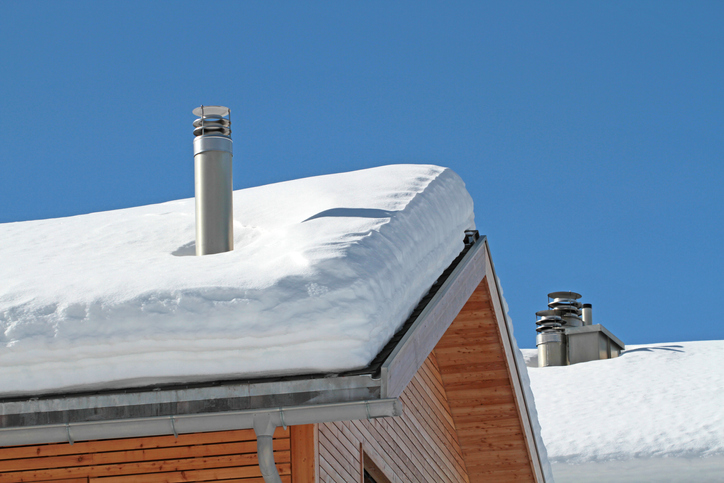
When snow piles up on the roof, many homeowners think the problem will take care of itself. Although that’s sometimes the case, there are other times when excessive snow buildup leads to significant roof damage, such as leaks, ice dams, or even causing the roof to cave in.
You can avoid these winter roof problems by knowing the maximum weight your roof can support. (Regarding snow, most roofs can handle about 20 pounds per square foot.) Then, it’s time to calculate how much snow is on your roof.
You can determine the snow load on your roof using a household measuring tape and some simple calculations. Keep the following in mind:
- 10 inches of fresh snow = 5 lbs per square foot
- 2 feet of packed snow = more than 20 pounds per square foot
- 1 inch of ice = as much as one foot of fresh snow
If the snow on your roof exceeds its weight limit, remove it with a rake or contact a roofing professional to handle the job and check for signs of damage.
2. Installation Errors
Installation errors account for the second major roofing risk factor. These mistakes become even more apparent in winter when snow, debris, and cold temperatures exacerbate small issues in craftsmanship.
Here are some common errors and suggestions on how to avoid making them yourself:
- Making incorrect measurements. Avoid this problem by taking field measurements before ordering materials.
- Selecting the wrong materials. Measure the pitch of your roof before ordering any materials.
- Choosing the wrong underlayment. Read your building code to select the proper type of underlayment.
- Attaching flashing incorrectly. Double-check to ensure you’ve chosen the right flashing, and cover the whole area to prevent leaks.
Read more: DIY Roof Replacement for Your Home
3. Ice Dams
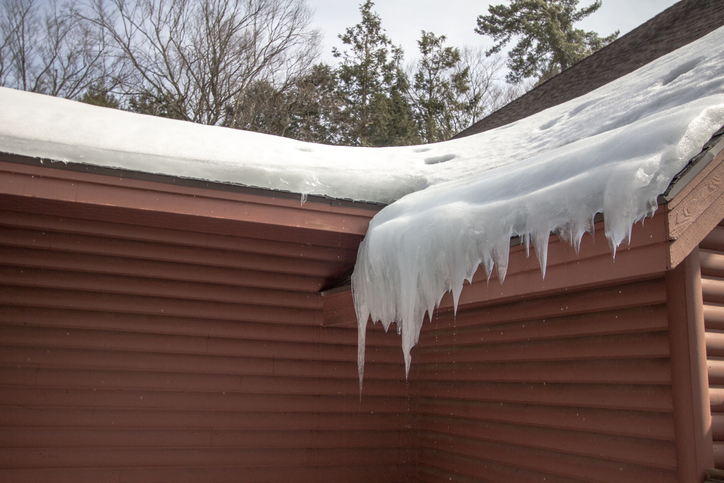
When snow melts on the roof and then refreezes, dangerous ice dams may form, accelerating the growth of mold and mildew on the roof. Ice dams can also cause leaks or harm insulation in other parts of the home.
Ice dams are more likely to form when the roof’s surface temperature is inconsistent. You can prevent the issue by improving attic insulation to minimize heat loss and create a consistent temperature across the roof. Exhaust systems and chimneys can be heat loss areas, too, so it’s essential to check these areas for problems.
4. Cracked Shingles
Cracked shingles may seem harmless, but those cracks can quickly lead to significant leaks in the winter. Because the roof can be slippery when covered in snow or ice, it’s best to look for cracked shingles by examining the roof with a pair of binoculars. If you see curling, crumbling, cracked, or missing shingles, you’ll want to repair them immediately.
You can replace shingles using roofing cement or fresh caulking, but you can get your roof ready for winter by hiring a roofing contractor to handle the job.
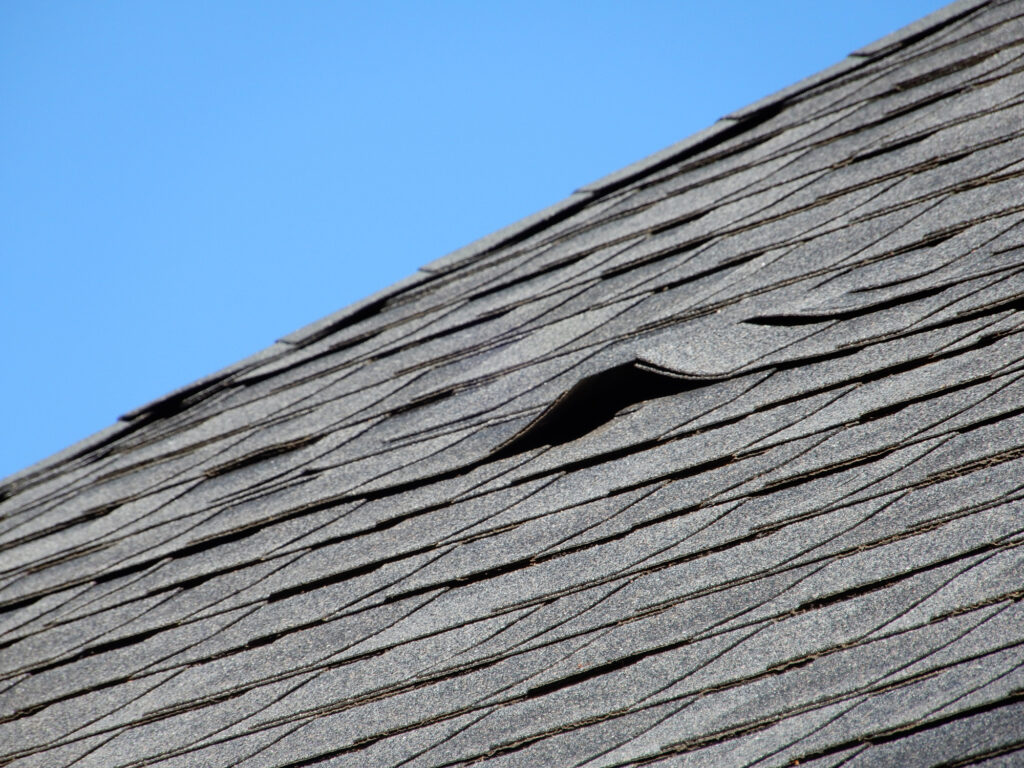
5. Condensation
Condensation is a significant roof problem in winter. The issue occurs when the warm, moist air inside your home hits the cold underside of the roof. This mix of warm and cold turns the moisture into water droplets. Repeated condensation can result in wood rot and damaged insulation, affecting the roof’s structural integrity.
To prevent this problem, ensure your attic has adequate insulation and ventilation. Insulation stops warm air from getting to the roof, and ventilation whisks away moisture buildup, reducing condensation and keeping roof materials dry.
6. Clogged Gutters
In winter, fallen leaves, debris, and sometimes ice can accumulate in the gutters, blocking the melting snow and rainwater flow. This blockage prevents proper drainage, leading to water backing up and potentially seeping under the roof shingles or freezing to form ice dams. Such water intrusion can damage the roof structure, cause leaks inside the home, and even affect the foundation.
Regular gutter cleaning is crucial to avoid clogged gutters, especially before and throughout the winter. Installing gutter guards also helps prevent debris accumulation while allowing water to flow freely.
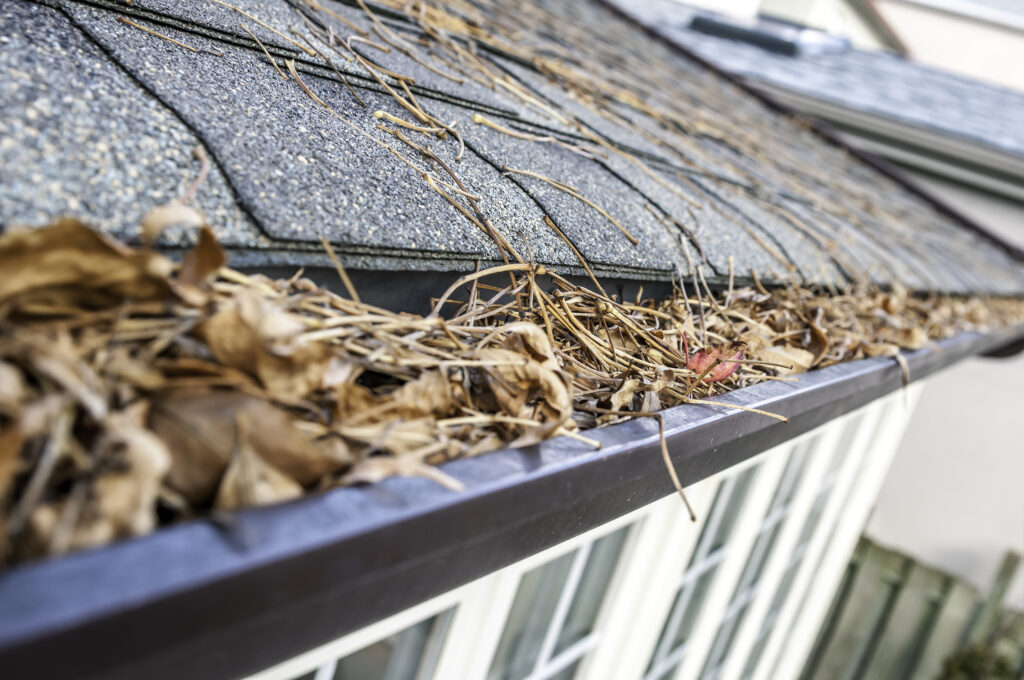
7. Fallen Branches
Fallen branches on roofs become a roof problem in winter, primarily due to heavy snowfalls and strong winds. These branches can cause significant damage, including broken or torn shingles, punctures in the roofing material, and compromised roof integrity. The added weight of snow-laden branches increases the risk of damage. Furthermore, accumulated branches can hinder proper water drainage, leading to leaks and water damage.
Regularly trim tree branches hanging over the roof to prevent this problem, especially before winter sets in. This proactive approach reduces the likelihood of branches falling on the roof during severe winter weather.

8. Chimney Damage
Chimney damage is a significant problem for roofs in winter, usually due to the freeze-thaw cycle. Here’s how it happens: Water sneaks into tiny cracks in your chimney when wet. As temperatures decrease, the water becomes ice and expands, making existing cracks even bigger.
Over time, this problem can lead to serious issues like structural damage, leaks, and even chimney collapse. Even worse, a damaged chimney can interfere with the safe removal of combustion gasses.
Dodge these problems by regularly inspecting and maintaining your chimney and its flashing, especially before winter kicks in. Also, waterproofing your chimney and ensuring it’s properly sealed at the base helps keep water out and prevent further freeze-thaw damage.
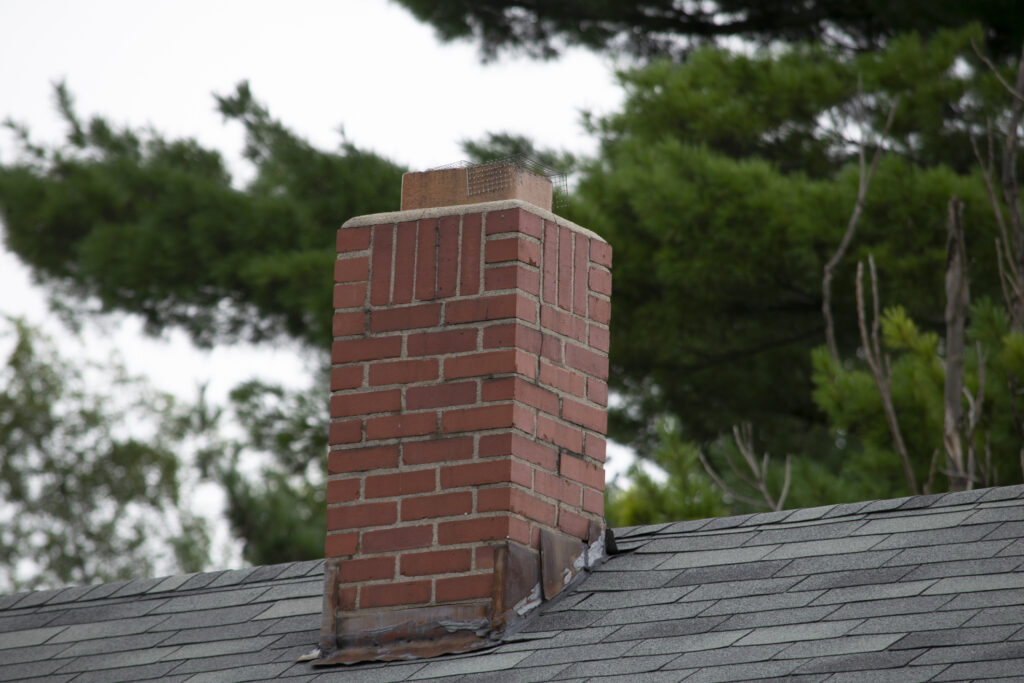
9. Skylight Leaks
Skylights are an excellent way to let more natural light into your home’s interior. However, skylights can become a roof problem in winter, primarily due to heavy snowfall and ice accumulation. Snow and ice can exert excessive weight and pressure on the skylight, leading to cracks or breakage in the glass or frame. The freeze-thaw cycle can also compromise the sealant around the skylight, resulting in leaks and water damage to the home’s interior.
You can avoid these issues by regularly clearing snow and ice from skylights and checking their integrity. Proper installation with high-quality materials and regular maintenance, including resealing when necessary, can also significantly reduce the risk of skylight damage in winter.
Preserve the Life of Your Roof with Roof Maxx
Winter roof maintenance is essential to prolonging the life of your roof—but there’s even more, you can do to extend your roof’s lifespan. Hire Roof Maxx today and see how our all-natural roofing treatment restores worn-out shingles, instantly adding 5 years to the life of your roof.
A regular Roof Maxx application, once every 5 years can save you thousands of dollars by prolonging the need for roof replacement. Roof Maxx will extend the life of your roof by up to 15 years. Learn more today.

